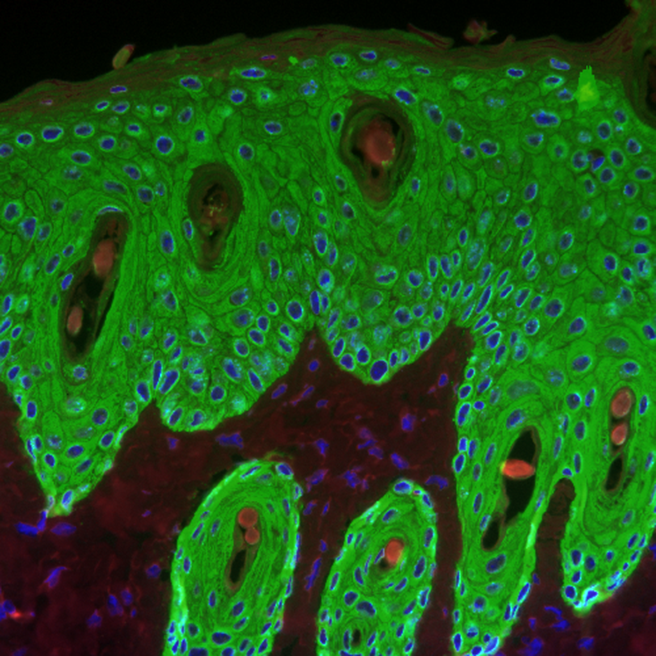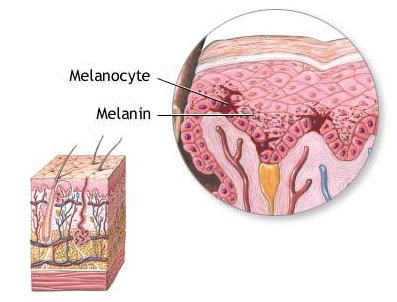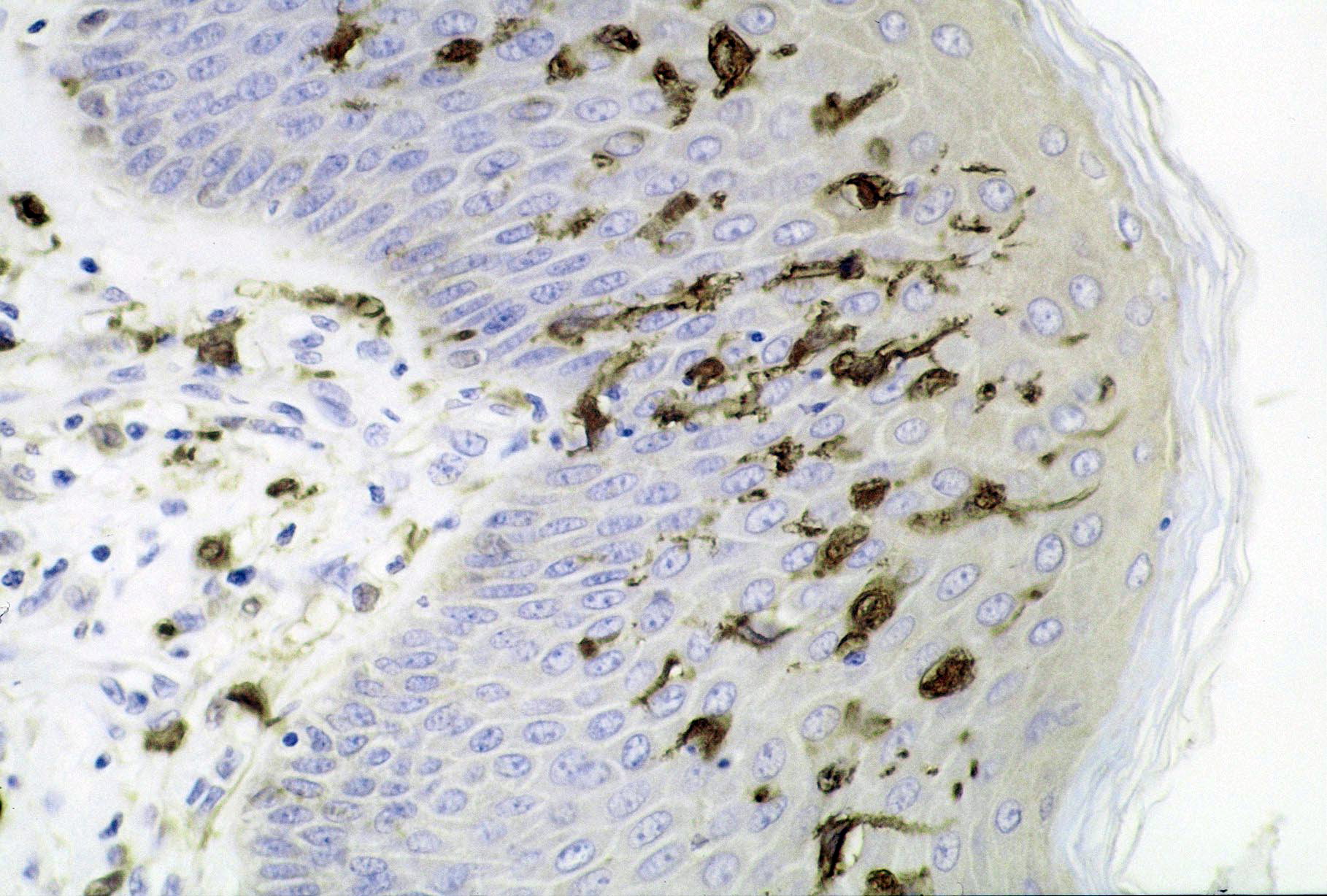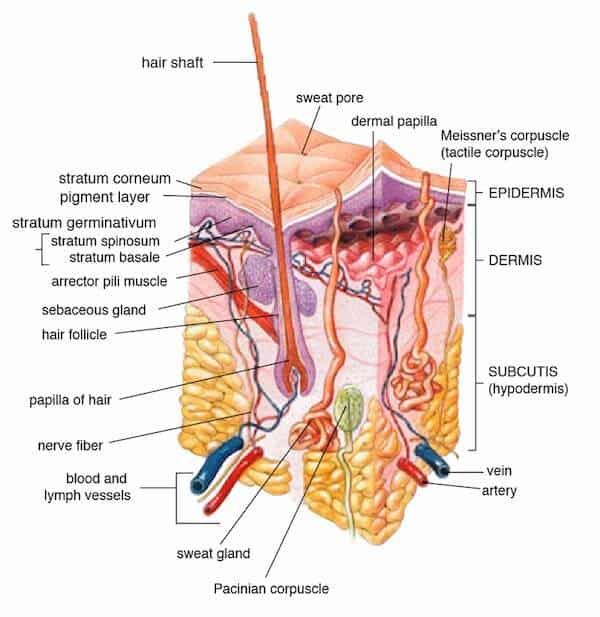About Our Skin
As I make our own natural skincare at home (and give beautiful product lines to my family!), Lynn and I need to be aware of what we’re ‘treating’ when we add the wonderful products to our skin.
I realised I don’t really know much about the skin, other than I love taking care of it now that I’m in my 50s. Maybe school made it a ‘scary’ topic because I would have to learn so many complicated words at a time when I didn’t really care about it at all.
As time goes by, things change, and I find there’s been many different topics that have interested me. Skin is on my list now, so I’m happy to write a post that leads the Skincare category, together with other entries suitable to head the section : )
Intro to the Skin
**Skin’s technical name: cutaneous membrane**
Why is the skin important? Besides being an (illusory) frontier between ‘us’ and ‘the world’ (we are the world as much as the skin, but this is for an entry within the spirituality category), the skin helps us ‘sense’ the world with the aid of touch, it serves as a waste organ (i.e. sweating out minerals) and helps when it comes to regulating body temperature (I find this so cool!).
Other cool things:
> The skin will go darker to protect itself from sun damage due to a pigment it produces called melanin
> ‘Sebum‘ is the skin’s own moisturiser (too much of it makes your skin oily). We don’t produce sebum on the palms of our hands or soles of feet, but we do in quantity on our faces (mainly forehead and chin).
> The skin absorbs (it’s alive!). Think of a hungry pet. You can ‘feed’ it. This interests me because I can create products that are really tasty for my skin.
Layers of the Skin
The skin has 3 layers: epidermis (top layer), dermis (middle layer), hypodermis (bottom layer).
By Madhero88 and M.Komorniczak – https://en.wikipedia.org/wiki/File:Skin_layers.png, CC BY-SA 3.0, Link
1. Epidermis
As a skincare formulator it is very important for me to learn how the epidermis renews itself. This way, I’m able to formulate products using appropriate ingredients depending on the different factors.
The epidermis is the outer layer of the skin. It provides waterproofing as well as serving as a barrier to infection (one of the first barriers of our immune system). The epidermis protects us from bacteria, UV rays, fungi, makes sure our internal organs don’t dry out and it regulates our body temperature.
1.1 Cells
The epidermis consists of three different types of cells:
• Keratinocytes (predominant cell)
• Melanocytes (located at the bottom layer of the epidermis, these cells produce the melanin)
• Langerhans cells
1. KERATINOCYTES

By M. Menacho-Márquez – PLOS Biology Issue Image | Vol. 11(7) July 2013, CC BY 2.5, Link
These cells form the bulk of the epidermis layer (90% of the epidermis cells). They produce the protein Keratin.
2. MELANOCYTES (produce melanin)

Public Domain, Link
Through a process called melanogenesis, melanocytes produce melanin. We all have the same amount of melanocytes, but the amount of melanyn produced is what changes.
2. LANGERHANS

By Haymanj – Own work, Public Domain, Link
These cells are important for the immune defence system. Responsible for the immune system’s defense, langerhans are located between and around the keratinocytes cells (even though they make only between 2 and 4% of the cells within the epidermis). Their funny star/tentacle shape detect and pick up with their tentacles foreign matter that can pose a threat, carrying it to deeper layers where it can be eliminated. This is why skincare ingredients are so important!!
1.2 Layers

By Modified from the original Grey’s diagram here: http://en.wikipedia.org/wiki/Image:Gray941.png, Public Domain, Link
These are the layers the epidermis is composed of:
• The horny layer (stratum corneum)
Composed of dead skin cells. It also helps repel water.
• The clear layer (stratum lucidum)
Found only on palms of hands, fingertips and soles of feet.
• The granular layer (stratum granulosum)
The layer that produces keratin. Keratin is a protein, and the main component of our skin.
• The prickle-cell layer (stratum spinosum)
Gives the skin flexibility and strength.
• The basal cell layer (stratum germinativum or stratum basale)
Where new plump and supple keratinocytes are formed. They then move up to the surface
of the epidermis and are shed as dead skin cells.

1.3 About Desquamation
The very outer layer of the skin – horny layer or stratum corneum – consists of dead cells. Yes, what we commonly call ‘skin’ is a layer of dead cells. The organism is intelligent and protects the living cells from the harshness of the fresh air by placing them ‘inside’ dead cells. This layer (horny layer/stratum corneum) is continuously being shed while new cells are being formed in a deeper layer; the stratum germinavitum or basale.
Down here cells are divided: while a cell stays in order to produce more cells, another one sacrifices itself and travels all the way up to the horny layer or stratum corneum where it will be shed off as a ‘squame’.
It takes around 28 days for the epidermis to completely renew itself. But, as we get older, the process takes longer.
Dermis

Blausen.com staff (2014). “Medical gallery of Blausen Medical 2014“. WikiJournal of Medicine 1 (2). DOI:10.15347/wjm/2014.010. ISSN 2002-4436. – Own work, CC BY 3.0, Link
The dermis is the middle layer of our skin and contains nerves (making the skin a sensory organ), sweat glands, blood vessels, hairs, hair muscles, sebaceous glands (create sebum), collagen (collagen fibres [fibroblasts] bind water to give the skin strength), etc. See below:
• Hair and hair muscles. The muscles make the hair stand up when it’s cold in order to trap the warm air which is next to the skin.
stand up when we are cold -the idea is to trap warm air next to the skin.
• Sebaceous glands which are in charge of producing sebum, which is the skin’s own natural moisturiser.
• Nerves and nerve endings, which make the skin a sensory organ so we can feel pain, heat/cold, touch, etc.
• Blood vessels, which are in charge of delivering nutrients to the epidermis.
• Sweat glands and sweat ducts. We can find 2 different types of sweat glands, the ‘eccrine sweat glands‘ which serve to help regulate temperature and ‘apocrine glands‘ which open into the
hair follicles and not the pores (can have unpleasant smell).
• Collagen, made from fibroblasts, a cell that synthesises collagen (fibroblasts build the skin back together when there’s a wound), a tough fibre which helps binds water to give the skin strength.
More on the dermis here, here, for a little more on everything inside the dermis go here and for skin conditions, tests and treatments go to WebMD here.
Hypodermis
The inner layer of the skin, the subcutis, contains fat that protects us from trauma. This is known ad the ‘hypodermis’.
The fat cells in the hypodermis are called ‘adipocyte cells’. The adipocyte cells:
– prevent injury to the muscles below
– provide padding
– provide insulation
It is important to note that the appearance of your skin is always affected by the hypodermis. In fact, changes in the fat content as well as hydration levels can show up on the skin as lumps of wrinkles.
Skin and Skincare
As a skincare formulator it is important for me to know the skin as well as I can. There’s always room for improvement, that’s for sure – but this page will always be a quick reference for when I need to check something related to the skin components.
![]()
